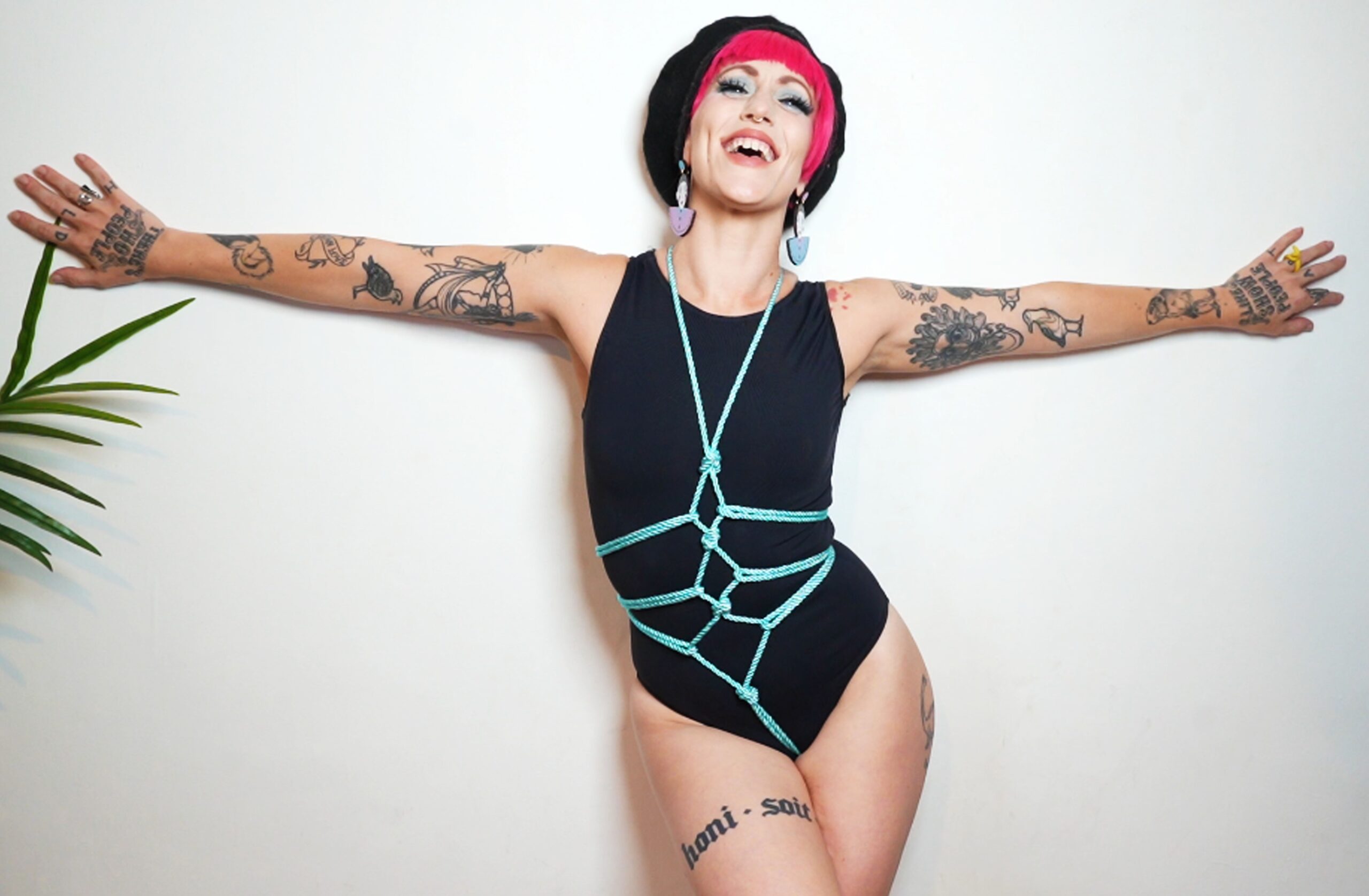Unpacking the Spectrum
The concept of “pansexuality” itself challenges traditional binary understandings of gender, pushing beyond the limitations of solely identifying as attracted to men (“heterosexual”) or women (“lesbian”). Pansexual individuals are attracted to people regardless of their gender identity or expression, encompassing a spectrum that includes but is not confined to the categories of male and female.
Understanding pansexuality requires unpacking the very foundations of how we conceptualize gender. The binary system, with its rigid divisions of “male” and “female,” has historically been the dominant framework for understanding gender. However, this binary model fails to capture the complexities and nuances of human experience.
Here’s why challenging these traditional concepts is crucial:
- Recognizing Diversity: The reality is that gender exists on a spectrum, not as two fixed points. Individuals may identify as male, female, non-binary, or somewhere else entirely along this spectrum. Pansexuality acknowledges and embraces this diversity.
- Challenging Binary Thinking: By moving beyond the binary, we can foster a more inclusive and understanding society that values all individuals regardless of their gender identity or expression.
- Promoting Self-Expression: Allowing individuals to define their own gender and attractions empowers them to express themselves authentically and live more fulfilling lives.

The implications of this shift in understanding are far-reaching. It impacts how we interact with each other, the language we use, and the social structures we create. Embracing pansexuality as a valid and important part of the human experience is essential for building a more equitable and inclusive world.
Pansexuality, a term that has gained significant traction in recent years, refers to sexual, romantic, or emotional attraction to people regardless of their gender identity or expression. This broad spectrum of attraction encompasses individuals who identify as male, female, non-binary, transgender, and everything in between.
Understanding pansexuality necessitates unpacking its meaning and nuances. It’s essential to distinguish it from bisexuality, which traditionally refers to attraction to two genders (typically men and women). While there are overlaps, pansexuality emphasizes attraction beyond the binary, encompassing all genders on a spectrum.

A crucial aspect of pansexuality is the rejection of gendered norms and expectations that often dictate attraction. Pansexual individuals see people as individuals, valuing their unique personalities and traits rather than their assigned gender.
- Challenging Binary Thinking: Pansexuality directly challenges the traditional binary understanding of gender and sexuality. It dismantles the notion that attraction is limited to specific genders, recognizing that human connection can transcend such categories.
- Embracing Diversity: The pansexual experience celebrates the diversity of human expression. It acknowledges that gender is not static and that individuals may identify with multiple or fluid gender identities.
- Expanding Our Understanding of Love and Attraction: Pansexuality broadens our understanding of love and attraction, demonstrating that they can manifest in diverse and multifaceted ways. It encourages us to be open-minded and accepting of different forms of connection.
Pansexuality is more than just a sexual orientation; it’s a philosophy of inclusivity and acceptance. It calls for dismantling rigid societal structures that limit our understanding of love, relationships, and human connection.
Furthermore, recognizing the validity of pansexual experiences is crucial for promoting equality and justice for all individuals. It fosters a more inclusive and accepting society where everyone feels seen, valued, and celebrated for who they are.
Understanding the spectrum of sexual orientation goes beyond simple labels. Pansexuality, often defined as attraction to all genders, is a complex and multifaceted identity that deserves nuanced exploration.
While the label “pansexual” provides a starting point, individuals within this community experience attraction in diverse ways. Some pansexual people may feel an equal pull towards all genders, while others might find their attractions varying in intensity across different gender identities.
The boundaries of pansexuality are fluid and personal. It’s essential to recognize that each individual’s experience is unique and shaped by their own understanding of gender and attraction. Some pansexual individuals may identify strongly with the traditional definition, while others might find it too limiting and prefer alternative labels or identities altogether.
Exploring the spectrum within pansexuality highlights the limitations of rigid categories. It challenges us to move beyond simplistic understandings of sexuality and embrace the complexity and individuality of human experience.
Understanding these nuances is crucial for creating a truly inclusive and affirming environment for all individuals, regardless of their sexual orientation. It’s about recognizing that labels are tools, not absolutes, and that the most important thing is to respect individual experiences and identities.
Navigating Societal Perceptions

Navigating societal perceptions, especially those surrounding sexual orientations like pansexuality, can be a complex and challenging journey.
Pansexuality, the attraction to people regardless of their gender identity or expression, often faces misconceptions and stigma due to a lack of understanding and ingrained societal norms.
One key step in breaking down these barriers is education. Open and honest conversations about pansexuality can help dispel myths and stereotypes.
Sharing personal experiences, both positive and negative, can create empathy and understanding. Educational resources from reputable organizations that focus on LGBTQ+ issues can provide accurate information and insights into the lived realities of pansexual individuals.
Challenging biased language and representations in media, literature, and everyday interactions is crucial.
Replacing terms like “pan” with more accurate descriptions or using language that reinforces binary gender constructs perpetuates harmful misconceptions.
Advocating for inclusive language that acknowledges the diversity of gender identities and expressions can create a more welcoming and accepting environment.
Visibility is another powerful tool in combating stigma.
Seeing pansexual individuals represented authentically in various aspects of society, from entertainment to politics to everyday life, can normalize their experiences and demonstrate that pansexuality is a valid and natural part of human sexuality.
Creating safe and supportive spaces for pansexual individuals to connect with others, share their stories, and find community can be immensely empowering.
Organizations like PFLAG (Parents, Families, and Friends of Lesbians and Gays) or local LGBTQ+ centers often offer support groups and resources specifically for pansexual people.
Remember that progress takes time and persistent effort.
It’s important to celebrate victories along the way while remaining committed to challenging existing norms and advocating for greater understanding and acceptance of all sexual orientations.
Representation matters deeply, especially when it comes to understanding complex identities like pansexuality. It’s not merely about seeing people who identify as pansexual; it’s about shaping societal perceptions and fostering an environment of inclusivity.
Societal perceptions often fall short of the reality of human experience. We live in a world where heteronormativity, the assumption that heterosexuality is the default or most natural sexual orientation, is deeply ingrained. This can lead to misunderstandings, prejudice, and discrimination against those who don’t conform.
Pansexuality challenges this norm by recognizing that attraction transcends gender identity. It encompasses a wide spectrum of experiences, acknowledging that people can be attracted to individuals regardless of their sex or gender expression.
Accurate representation in media, literature, and everyday life is crucial for dismantling harmful stereotypes and promoting empathy.
Here’s why it’s so vital:
- Breaking Down Stigma: Seeing positive portrayals of pansexual individuals can help normalize their experiences, reduce stigma, and create a more accepting environment.
- Promoting Understanding: Representation allows for the exploration of different perspectives and helps people understand the complexities of human sexuality beyond simplistic binaries.
- Building Community: Seeing themselves reflected in media or society can be incredibly validating for pansexual individuals, fostering a sense of belonging and connection.
- Challenging Preconceived Notions: Representation confronts societal assumptions about sexuality and encourages critical thinking about gender norms and expectations.
Celebrating diversity and inclusion means embracing the full spectrum of human experiences, including those that fall outside conventional norms.
By promoting pansexual representation, we create a more just and equitable world where everyone can live authentically and freely express their identities.
The Impact of Pansexuality
Pansexuality, the attraction to people regardless of their gender identity or expression, has gained increasing visibility in recent years. This shift in awareness presents a unique opportunity to explore not only the individual experiences of pansexual individuals but also the broader societal implications of embracing inclusivity and challenging traditional notions of sexuality.
Understanding pansexuality goes beyond simply recognizing it as another sexual orientation; it involves fostering empathy and dismantling harmful stereotypes. Pansexuality challenges the binary view of gender, prompting us to recognize the fluidity and spectrum of human identity. This shift in perspective can have a profound impact on building bridges and fostering understanding between individuals from different backgrounds.
Here’s how pansexuality can contribute to building empathy and understanding:
-
Deconstructing Gender Norms: Pansexuality challenges the rigid societal expectations associated with gender. By recognizing attraction beyond these confines, it encourages a more fluid and inclusive understanding of gender identity and expression.
-
Expanding Empathy: When we learn about and engage with different experiences, our empathy expands. Understanding pansexual individuals’ journeys and challenges allows us to connect on a deeper level and develop a greater appreciation for the diversity of human experience.
-
Challenging Prejudice: Pansexuality often intersects with other marginalized identities, highlighting the interconnectedness of social issues. Recognizing the discrimination faced by pansexual individuals sheds light on broader societal prejudices and fosters a commitment to dismantling systems of oppression.
Building bridges through connection requires active listening, open-mindedness, and a willingness to challenge our own biases. Embracing the fluidity of human identity and understanding the complexities of pansexuality are essential steps in creating a more inclusive and equitable society.
Pansexuality, an orientation characterized by attraction to people regardless of their gender identity or expression, holds immense significance in challenging traditional notions of love, intimacy, and societal norms.
For individuals who identify as pansexual, the concept of rigid gender categories fades away, replaced by a recognition of the multifaceted nature of human connection.
Pansexuality’s flying squirrel sex position impact extends far beyond personal identity; it serves as a powerful catalyst for advocating for equality and inclusion.
By dismantling binary understandings of sexuality, pansexuality broadens our understanding of human experience and dismantles harmful stereotypes that perpetuate discrimination against gender diverse individuals.
Pansexual advocacy often intersects with broader LGBTQ+ rights movements, pushing for equal access to healthcare, education, housing, and legal protections for all individuals regardless of their sexual orientation or gender identity.
Furthermore, pansexuality challenges the societal expectation that individuals should conform to rigid gender roles and expectations.
It encourages fluidity and self-expression, empowering individuals to embrace their authentic selves without fear of judgment or discrimination.
The visibility of pansexual individuals in media, entertainment, and public discourse plays a crucial role in normalizing diverse sexual orientations and fostering greater understanding.
When pansexuality is represented authentically and positively, it sends a powerful message that all forms of love are valid and deserving of respect.
Ultimately, the impact of pansexuality lies in its ability to push boundaries, challenge societal norms, and pave the way for a more inclusive and equitable world where everyone feels seen, valued, and empowered to live their truth.
Check out the full version
Visit now to get the full piece
- Obagi Blue Peel Radiance Peel Near Kew, Surrey - October 22, 2025
- Nu-Derm Skin System Near Wrecclesham, Surrey - October 19, 2025
- Nu-Derm Skin System Near Laleham, Surrey - October 18, 2025
